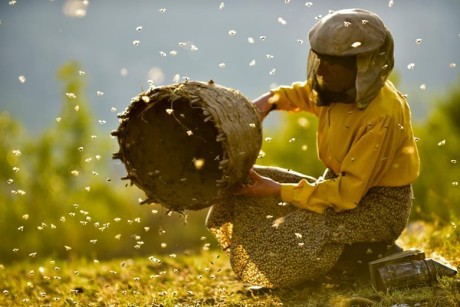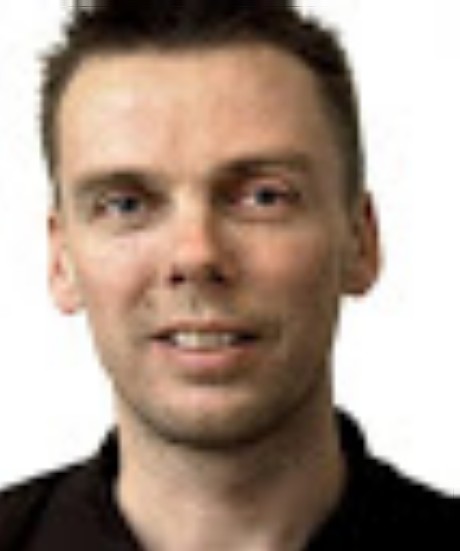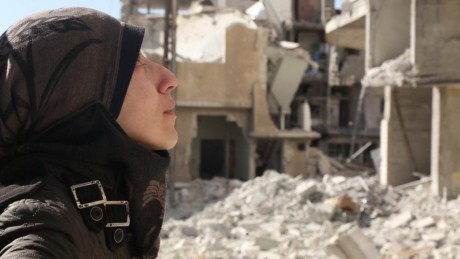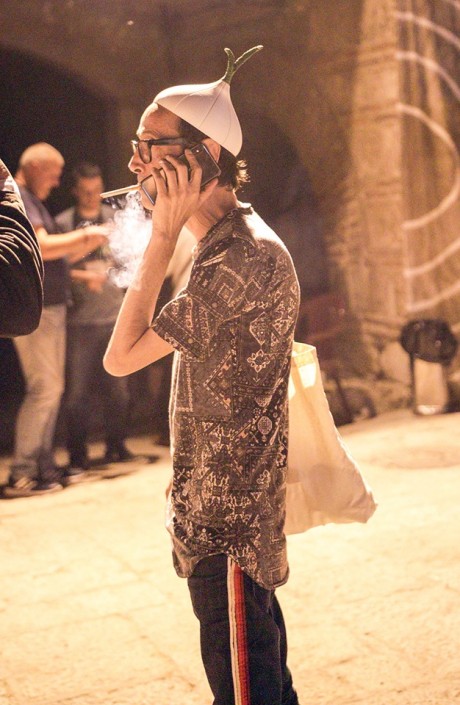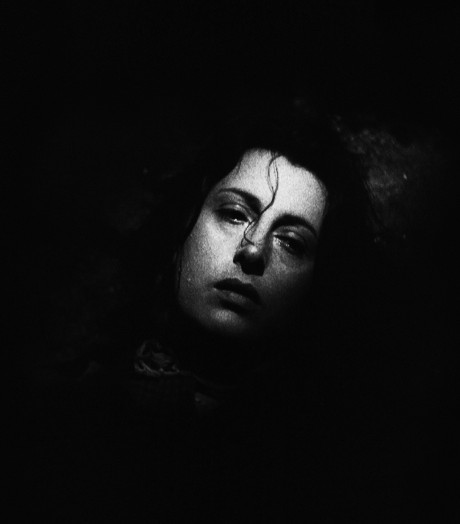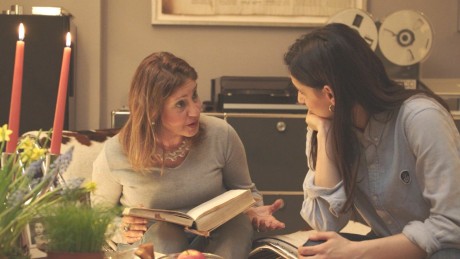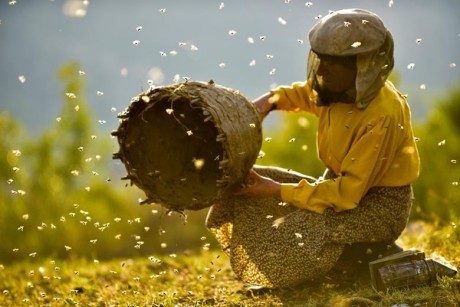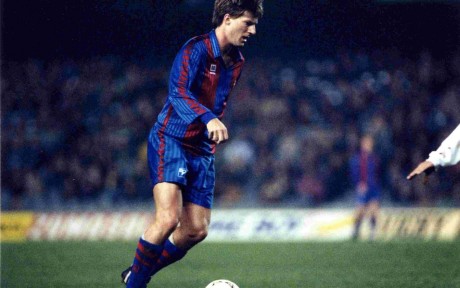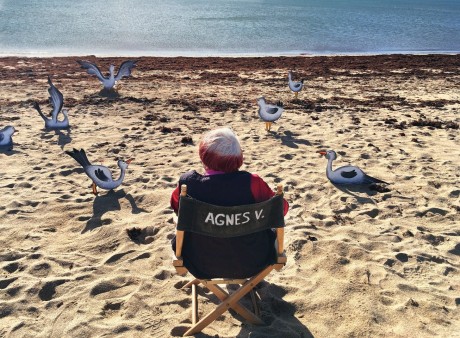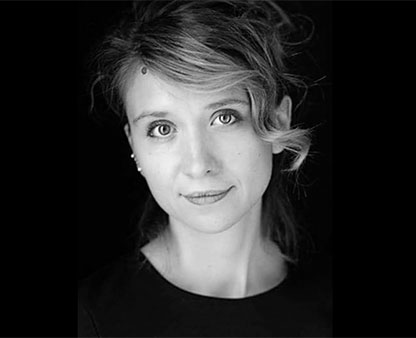
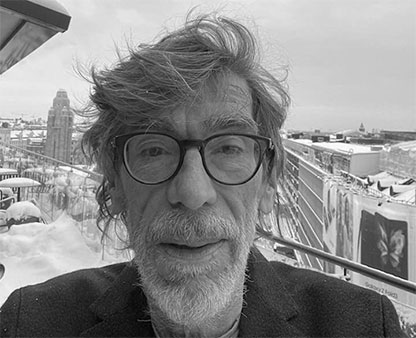
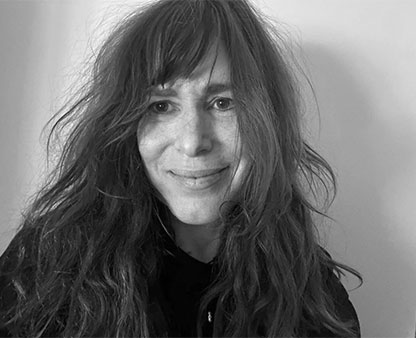
Docs & Talks 2020 /2
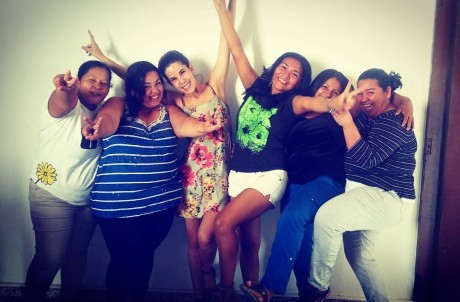
”Today truth is being more and more frequently questioned when it comes to news and the constant stream of information. This makes the dissemination of research-based knowledge more important than ever in order to separate the wheat from the chaff, fake news from facts.”
Docs & Talks is a unique festival that carries the subtitle « Film and Research Days”. From Sara Thelle, who together with Tobias Havmand from DIIS (The Danish Institute for International Studies) and Rasmus Brendstrup from Cinemateket stand behind the festival, Filmkommentaren has received a press release that includes English descriptions of the films that are screened January 30 – February 5 at the Film house in Copenhagen. The quote above is from the release. READ MORE
7 docs followed by talks. Internationally acclaimed films like the one, that opens the festival, “Born in Evin” by Iranian/German Maryam Zaree, who will be there to take part in a Talk about “Torture & Trauma”. Like the shocking “Samouni Road” by Italian Stefano Savona followed by a talk about the devastating life conditions in Gaza – the film was reviewed on this site by Latvian Zane Balčus http://www.filmkommentaren.dk/blog/blogpost/4516/
Like Vitaly Mansky’s festival awarded “Putin’s Witnesses” – that leads to a Talk about what has happened in Russia since then, quite a lot, I would say – I reported on the film when it was screened at DOKLeipzig in 2018 http://www.filmkommentaren.dk/blog/blogpost/4390/
Like the wonderful “Cachada – The Opportunity” by Salvadoran Marlén Viñayo, who was awarded at DocsBarcelona festival, I write “wonderful” because of the women in the film, who in the therapeutic theatre play with passion and humour convey their suffering. The talk is called “Gender and Violence” – I wrote about the film when in Barcelona http://www.filmkommentaren.dk/blog/blogpost/4540/
And three more that I have not seen: “Your Turn” by Eliza Capai, Talk about Brazil, “The Brink”, a very much talked about documentary with Steve Bannon as protagonist, “Is Steve Bannon a dangerous demagogue, a brilliant strategist or a megalomaniac loser? The American filmmaker Alison Klayman leaves it up to us to make the judgement…”. The New Right is the theme of the Talk. And “System K” by French Renaud Barret, presented like this: “Join us for an intense trip through the streets of Kinshasa where a vibrating art scene lives in the midst of the crowd and urban chaos of the capital of DR Congo. Here reigns the system K for Kinshasa, the law of ‘la débrouille’. If you want to survive you have to be smart and figure out solutions for yourself.”
The festival also invites the audience to listen to and/or take part in a Special Event with the title THE ANTHROPOCENE / RADIOACTIVE RUINS. I quote from the description of an exciting and scary Talk to come:
“Researchers from DIIS Rens Van Munster, Lis Kayser and Magdalena Stawkowski have all recently returned from doing fieldwork at the ‘ground zero’s’ of the Nuclear Age: The Marshall Islands, French Polynesia and Kazakhstan, where nuclear powers USA, France and the Soviet Union carried out their nuclear tests. They will tell us about how they work with the research project ‘Radioactive Ruins: Security in the Age of the Anthropocene’. The project examines how the local populations live with the radioactive ruins left behind by the Cold War. We will hear about the Atomic Age from a historical, a colonial and a cultural perspective, have a look at some of the iconic images and film clips that define the period and consider how the technological developments has influenced the popular culture up until today, and finally, we will dare to throw a look into the future…
Films are with English subtitles, most Talks are in English.
https://www.dfi.dk/cinemateket/biograf/filmserier/serie/docs-talks-30-januar-5-februar-2020
